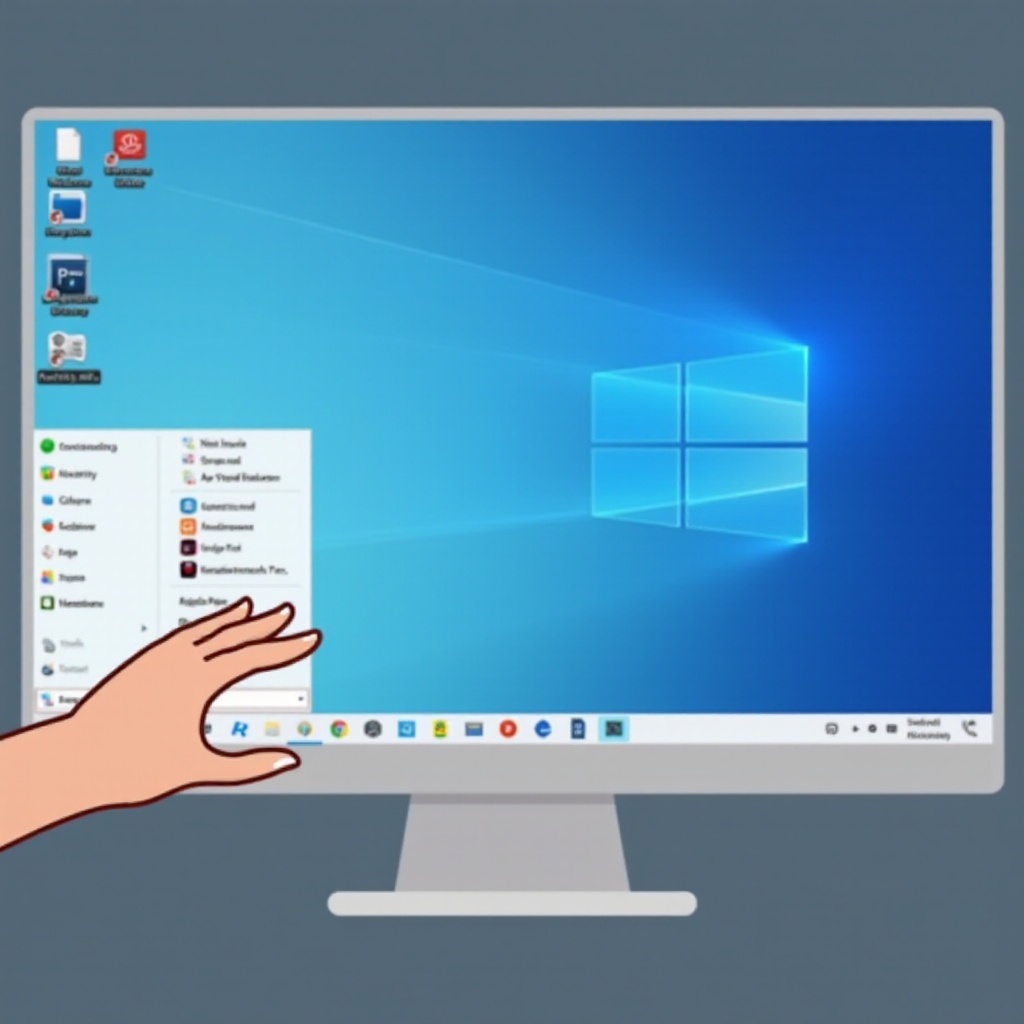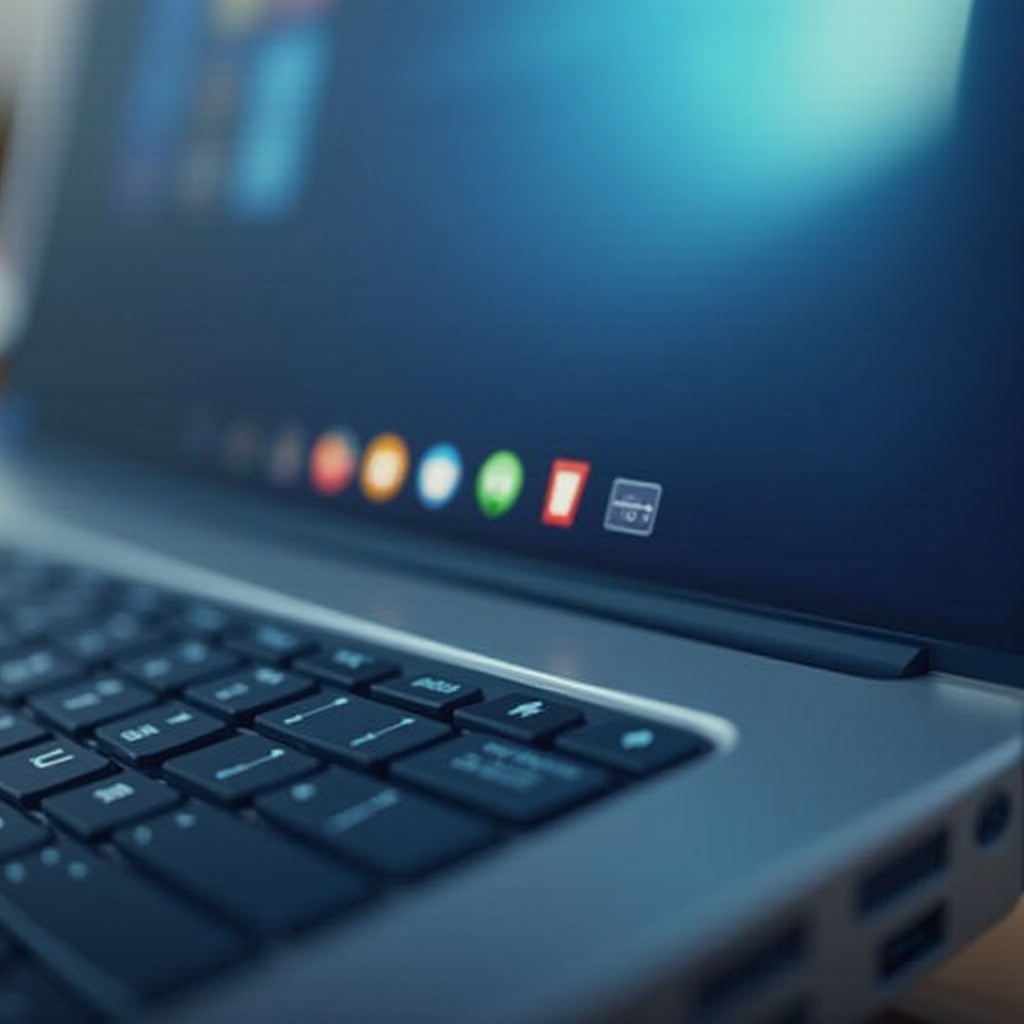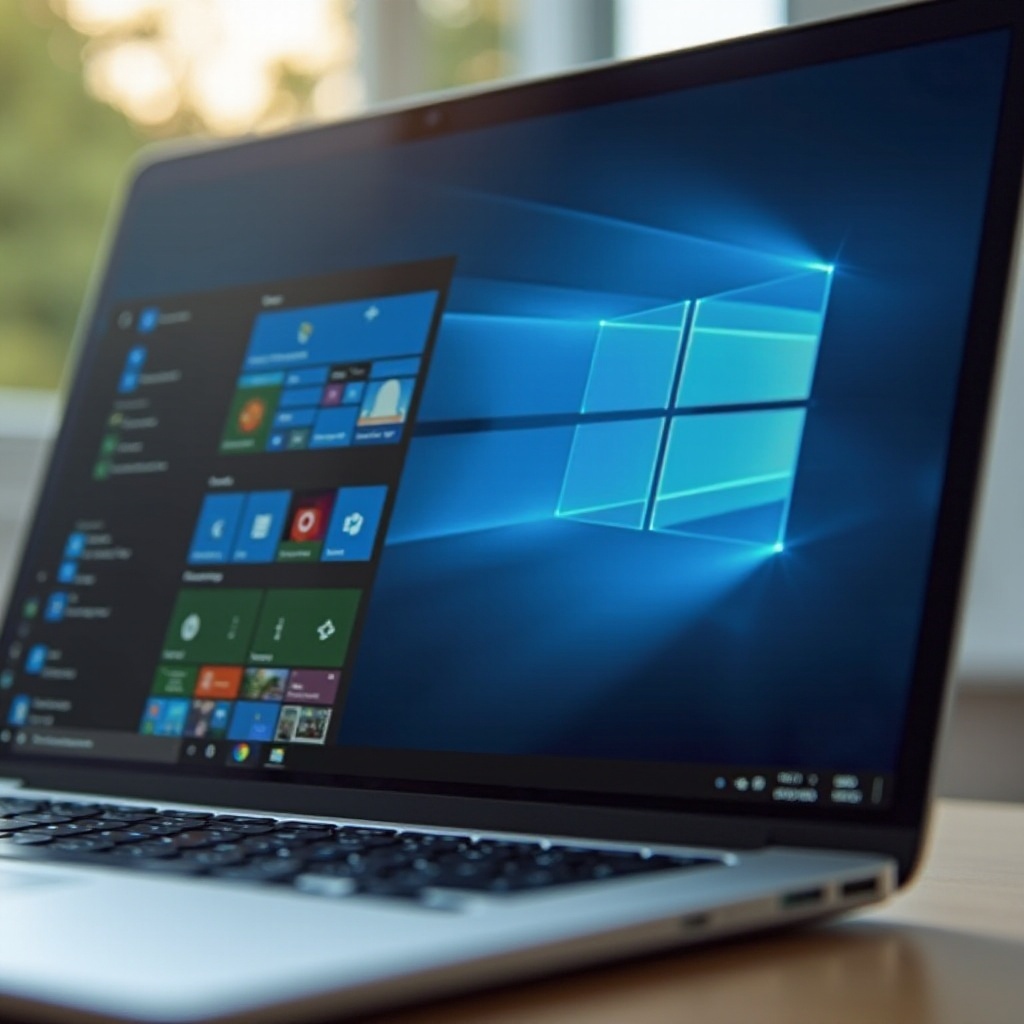Introduction
Managing numerous applications on a Windows computer can lead to a cluttered workspace, impacting productivity. Minimizing apps to the system tray is a strategic way to maintain an organized desktop. It reduces taskbar clutter and ensures essential apps are easily accessible. In this guide, you’ll discover how to set shortcuts that allow you to swiftly minimize applications to the tray, optimizing your workflow.

Understanding System Tray Basics
The system tray, often called the notification area, is a key part of the taskbar that provides easy access to background apps and system functionalities.
-
What is the System Tray?
Positioned typically on the right side of the taskbar, the system tray hosts icons for processes that run in the background, such as network settings and sound controls. -
Advantages of Minimizing Apps to Tray
By minimizing apps to the tray, you not only clear your taskbar but also enhance productivity by keeping essential programs within easy reach. The process aids in decluttering and organizing your digital space efficiently.
Gaining a solid grasp of these basics will orient you towards using built-in Windows features that facilitate minimizing apps to the tray.

Built-in Windows Features for Minimizing to Tray
Exploring inherent Windows functionalities can aid in leveraging built-in tools for efficient tray management.
- Exploring Windows Taskbar Settings
Windows provides taskbar settings that allow customization to better manage app visibility and taskbar space: - Press ‘Win + I’ to open Settings.
- Click on ‘Personalization’ and proceed to ‘Taskbar’.
-
Choose ‘Select which icons appear on the taskbar’ to adjust app visibility.
-
Using Built-in Shortcuts
Keyboard shortcuts like ‘Alt + Tab’ facilitate rapid navigation between applications. Additionally, custom shortcuts can be designed to minimize selected apps directly to the tray.
By making the most of Windows’ built-in capabilities, you can uphold a well-organized system tray along with an efficient taskbar.
Creating Custom Shortcuts for App Minimization
Moving beyond native solutions, custom shortcuts offer personalized configurations for minimizing apps to the tray.
- Step-by-Step Shortcut Creation
Creating custom shortcuts enhances control over how applications behave when launched: - Right-click on your desktop, select ‘New’, then ‘Shortcut’.
- Enter the command for the application you want to minimize.
-
Assign an icon if desired and click ‘Finish’ to complete the setup.
-
Using Windows Registry for Advanced Customization
For those comfortable with advanced settings, modifying the Windows Registry enables automated task execution: - Run ‘regedit’ by pressing ‘Win + R’ and typing it in.
- Navigate to ‘HKEY_CURRENT_USER\Software\Microsoft\Windows\CurrentVersion\Run’.
- Create a new string value named after your desired app and input the executable path.
Crafting custom shortcuts tailored to your needs can greatly enhance your productivity workflow by minimizing distractions.
Third-party Tools for Enhanced Tray Management
If built-in options are insufficient, third-party tools can provide additional features for managing your system tray efficiently.
- Overview of Popular Tools
Tools like ‘TrayIt!’ and ‘RBTray’ offer extended capabilities for managing tray icons and behaviors: - ‘TrayIt!’: A compact tool that adds a right-click minimize functionality to any app.
-
‘RBTray’: Allows minimizing of applications to the tray with a simple left-click.
-
Configuration and Installation
To start using these tools, follow these steps: - Download the desired application from a trusted source.
- Follow the installation prompts.
- Configure settings to determine shortcut keys and application behavior according to your preferences.
Third-party applications provide robust solutions for managing how your apps interact with the system tray, thus allowing for an optimized desktop experience.
Best Practices for Tray Management and Productivity
Effective system tray management incorporates efficiently organizing and using applications to boost productivity.
-
Organizing Your System Tray
Minimize visible icons to only those needed frequently, removing unnecessary clutter. Regular reviews of your system tray can keep your workspace focused and efficient. -
Managing Multiple Apps Effectively
Apps used in tandem should be grouped logically within the tray. Use tray management tools to create and manage groups, allowing for swift access and enhanced performance.
Practicing organized tray management helps maintain a streamlined workflow that prevents overcrowding and facilitates easy access to necessary applications.
Troubleshooting Common Issues
Sometimes, obstacles may arise with shortcuts or tray functions. Knowing how to troubleshoot them is crucial for seamless operation.
-
Resolving Shortcut Malfunctions
If shortcuts aren’t working, verify the target path is correct, check for conflicts with other keyboard commands, or delete and recreate the shortcut. -
Ensuring App Compatibility
Certain programs may not support minimization to the system tray naturally. Check app-specific settings or seek updates, or employ compatible tray tools for these applications.
By troubleshooting issues effectively, you maintain operational fluidity, ensuring that your system tray functions to its fullest potential.

Conclusion
Setting up shortcuts for minimizing applications to the system tray significantly optimizes workspace organization and productivity. Whether you use built-in systems, custom shortcuts, or third-party solutions, understanding your options gives you control over app management and visual clarity. Implementing these strategies leads to a more productive and streamlined digital environment overall.
Frequently Asked Questions
How do I set a shortcut to minimize any app to the tray on Windows?
Use Windows’ taskbar settings or third-party tools like TrayIt! for convenient minimizing.
Are there security risks associated with third-party tray management tools?
To avoid security risks, download from reputable sources and scrutinize reviews carefully.
Can I automate the minimization process for frequently used apps?
Yes, use registry modifications or third-party tools to automate this process efficiently.

